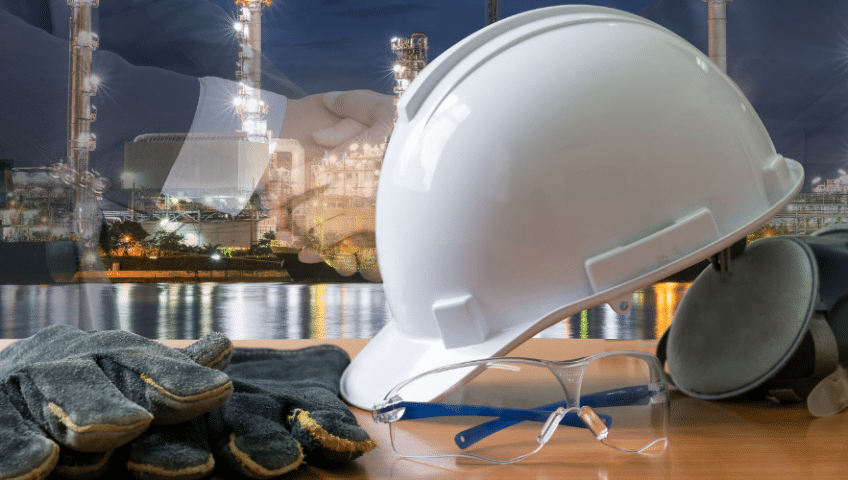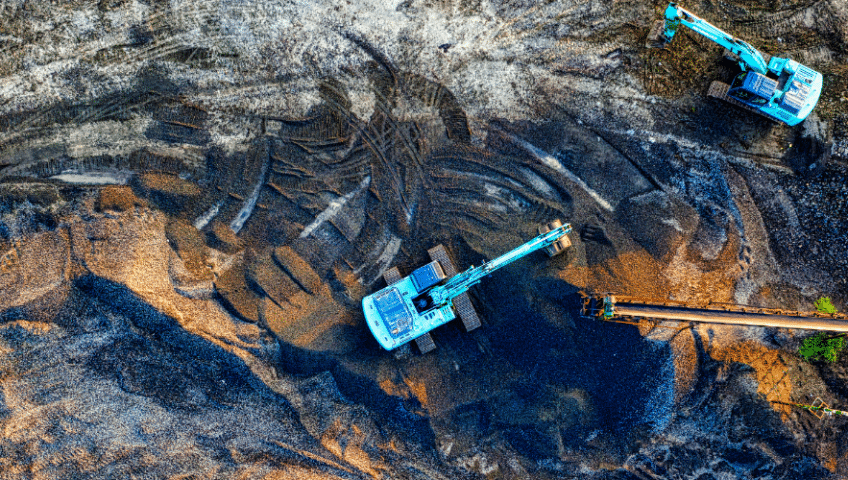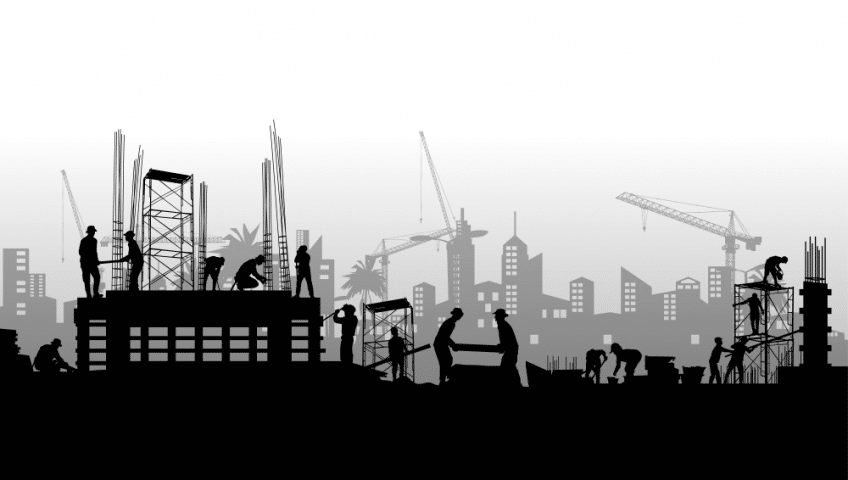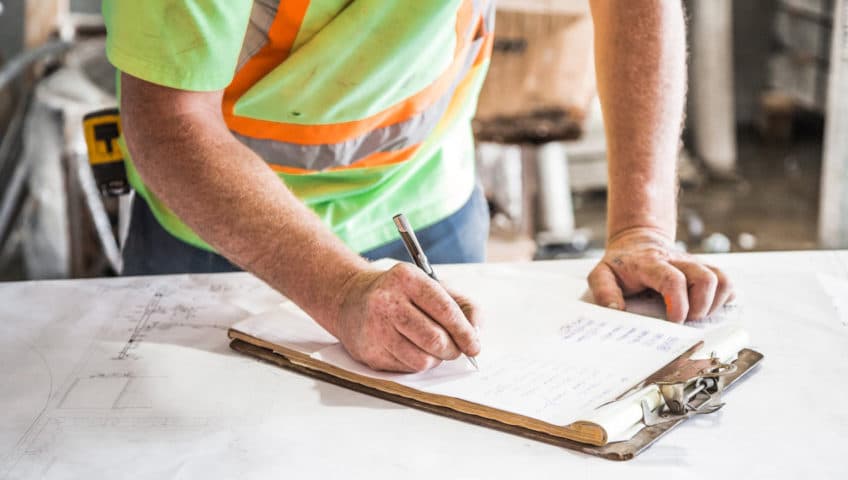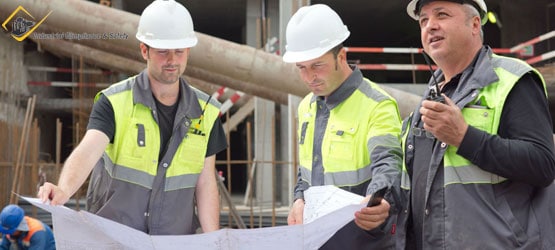In Australia, a strong safety culture is the cornerstone of every successful industrial operation. Australian contractors understand the importance of keeping their crews safe and healthy. However, keeping up with the ever-changing WHS (Work Health and Safety) regulations can feel overwhelming.
Industrial Compliance & Safety (ICS), understands the challenges Australian contractors face. We're a team of safety compliance experts dedicated to supporting mining contractors and industrial workers. We offer global safety consultant services designed to simplify compliance and empower you to create a safer work environment for your crew.



